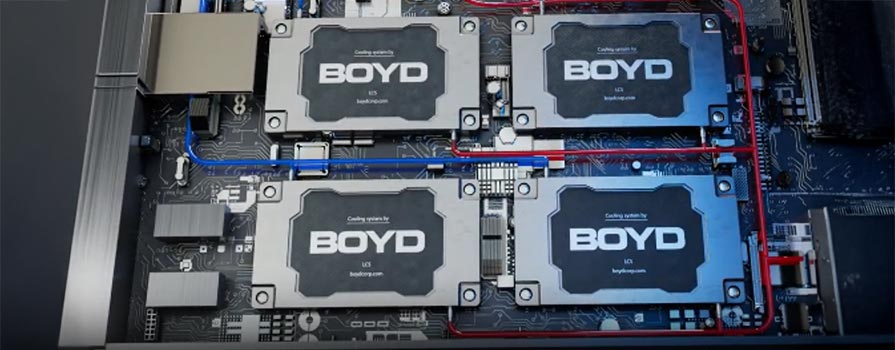In our previous blog Noise and vibration dampening (Part 1), we learned the fundamentals of acoustic management solutions. In this blog, we’ll be exploring some of the widely employed noise-blocking solutions by Boyd:
- Boyd’s SOLIMIDE® Foams – SOLIMIDE® Foams are Boyd’s specialty open-celled polyimide foams are designed to combine excellent lightweight, thermal, and acoustic properties with enhanced fire protection and safety characteristics. These foams can withstand continuous use temperatures up to 200-300°C and still maintain stability and pliancy when immersed in liquid nitrogen. SOLIMIDE® Foam exceeds FAR 25.856 fire resistance specifications, will not burn and emits very little smoke when exposed to flame, making SOLIMIDE® the ideal noise absorbing material for safety-critical applications in eMobility, defense, and aerospace. Industrial applications where reducing noise and vibration while maintaining high cleanliness like semiconductor manufacturing benefit from SOLIMIDE® Foams’ low off-gassing and formaldehyde-free construction, that possess high hydrolytic stability and doesn’t not support microbial growth.
- Roger’s PORON® urethane foams – PORON® urethane foams are open-celled materials with high dimensional stability and excellent viscoelasticity that hold up well under continued vibration. With a high resistance to stress, relaxation, and compression, urethane foams do not collapse under pressure and always return to 99% of their original dimension. Ensuring consistency and reliability in crucial applications, urethane foams are seen in various constructions ranging from extra soft, very soft, soft, firm, to very firm. These durable foams are flame retardant, chemical resistant, and can sustain a broad range of temperatures from -40°C to 90°C. Equipped with excellent gap filling, sealing, and gasketing properties, these foams offer good absorption for medium to high impact.
- Roger’s BISCO® silicones – BISCO® silicones, made of cellular, solid, or specialty silicone materials, offer similar benefits and features as the PORON® urethane foam. The chief differentiating factor remains BISCO® silicone’s high flame resistance and the ability to withstand high temperatures. The cellular silicones, available in varying thicknesses, provide high resistance to compression and high tensile strength. Solid silicones, made of a solid rubber-like material, are available in a range of durometers from 10-40 Shore A. The specialty silicones, bringing together a combination of cellular and solid silicones, are seen in durometers from 40-70 Shore A.
- 3M’s vibration damping and slick surface tapes – With a soft aluminum backing, the vibration damping tapes from 3M mitigate resonant noise, vibration, and fatigue. Used for attaching irregular and uneven surfaces, the tapes can hold up to 50 pounds per square inch of strength. They are pressure-sensitive tapes with high viscoelasticity that reduces stress and dissipate noise across the surface. Similar to vibration damping tapes, very high bond (VHB) tapes from 3M also offer dampening properties due to their high viscoelasticity. Slick surface tapes from 3M utilize Ultra-High Molecular Weight Polyethylene (UHMW-PE) and Polytetrafluorethylene (PTFE) formulations to mitigate friction between the two contact surfaces.
Boyd’s in-house material science expertise, precision converting experience, and close supplier relationships enable us to offer custom-engineered solutions to your specific design needs. To learn more about our die-cutting capabilities or to discuss your specific acoustic challenges, reach out to our experts.






